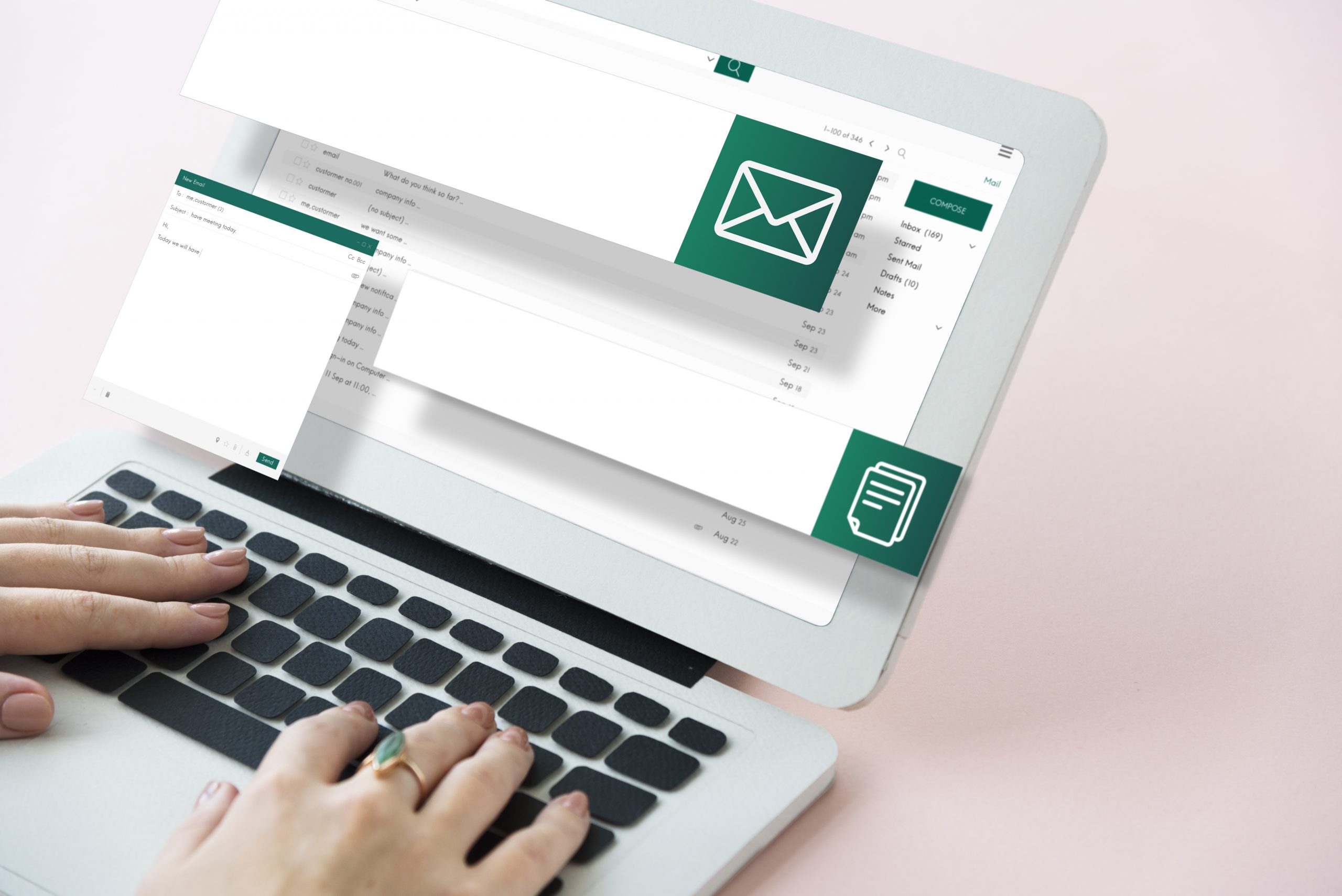The e-commerce industry is extremely dynamic, so the use of effective e-mail marketing today means something different than a few years ago.
Massive campaigns for the so-called Although cold bases are still being implemented, their effectiveness compared to other marketing activities is questionable. A marketer commissioning mailing through external partners has a negligible impact on the quality of the database, cleanliness and credibility of leads … which often results in low open rates, sometimes even below 5%.
However, with the development of marketing automation tools and content personalization, the concept of e-mail marketing has taken on a new meaning. Thus, the e-mail has become the element that directs the user to the storefront, but most importantly: the user who at the moment has a very strong prospect of converting in the store. The time of sending the email and its content play a key role here. You have to hit those who are interested, at the right moment, and based on historical data …
Own database of e-mail addresses of store users is a way of e-mail marketing activities that translate into real sales indicators.
So how do you build your own mailing lists?

Examples of methods:
The classic method, i.e. an incentive to subscribe to the newsletter. The question is why the user would like to leave his / her email? In this situation, it is important to make a promise, e.g.
- receiving a discount on the first purchase
- receipt of a discount code to use at any time
- to take advantage of free shipping
The feeling of elitism … is something that attracts. Receiving by e-mail the latest offer or an offer addressed only to a narrow group of people
Sale! Yes, it still works. Lack of information about a large promotion, sale, arouses a feeling of loss. A lot of people want to know about promotions in the store where they buy anyway.
What are the benefits of having an extensive own email database of your users? Virtually unlimited!
Thanks to the analysis of the behavior of our own users to whom we have email contact, we can personalize the content sent in such a way that it is effective and hits the point. Personalization – this concept has been mentioned most often in the context of creating an e-commerce strategy recently – and for a good reason.

Remember that 20% of those who frequently use your e-shop are responsible for 80% of your income! Therefore, it is worth taking the time to prepare scenarios for these 20% of users 😉 Personalized!
What can we send as part of strictly personalized email communication? :
- Information on products complementary to those already purchased
- News aimed at the so-called cart recovery, i.e. completing an abandoned purchase. Research shows that 75% of customers who have abandoned the purchase process declare their willingness to complete the transaction at a later date.
- Information about promotions for products that a user has purchased in the past and that may constitute a recurring purchase object
- Incentives to return to the website, to a product that was previously viewed but did not generate conversion.
In addition, mailing to your own database allows you to achieve not only strictly sales goals, but also:
- Building brand awareness. By sending information about the company’s social activities, acquiring new competences, and developing the company
- Building relationships with the client, e.g. by sending tips or a guide. Example: A customer bought a bicycle helmet and bicycle bags, which clearly suggests how likely this customer is spending his free time. Link to the article on “5 best prepared bicycle routes in Poland in 2020” may interest him. What’s more, after reading the article, a customer-company relationship will be built on a certain scale
- Researching opinions about the company in the after-sale process. Statistically, most users do not complete this type of customer satisfaction survey, but the email is visible even if it never opens. The subconscious message remains that the company studies the opinions of customers, trying to improve its products and services.
Moving on to more technical issues, personalization options depend on the tools we work with. One of the methods is the installation of marketing automation systems, through which we can conduct automated activities by creating detailed scenarios and event conditions. Extensive possibilities of personalized actions towards users of a given site can be provided by the system on which the store is placed, for example, the PimCore mechanism based on PIM (Product Information Management). The advantage of this system over other store engines is the ability to dynamically change the content of the website.
What are the benefits of such a solution:
- After switching from the CTA in the email, it is not necessary to direct to the landing page
- The content of the store’s home page will adjust in terms of the user’s history in the store. For example, if he has seen skis, he will see skis, goggles and gloves again when he returns.

And finally, the matter of the content of the email itself, i.e. the message … it is important that the recipient knows exactly what to do in connection with the received message.
Call to action should be clear and understandable, slogans like “Get a discount” or “See today’s unique promotion” work.
According to many studies, CTAs are more effective for women. Men are looking for product information regarding parameters, etc. The mere fact of promotion is less convincing for them, and if the product turns out to be exactly what they were looking for, then the price is less important.
Start your advertising campaign in Poland… with us!








